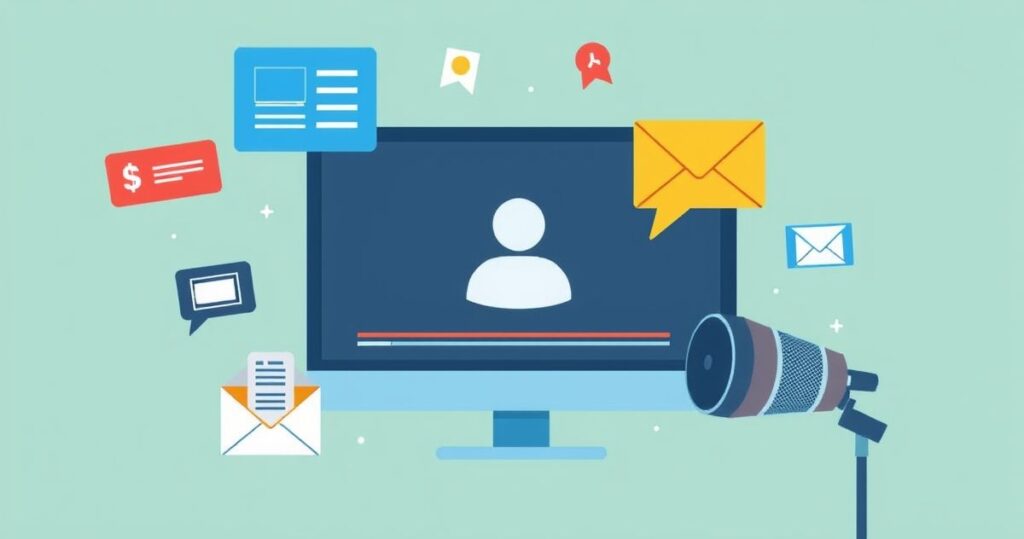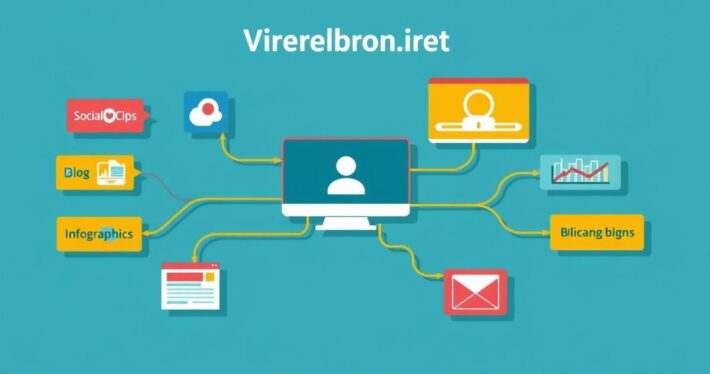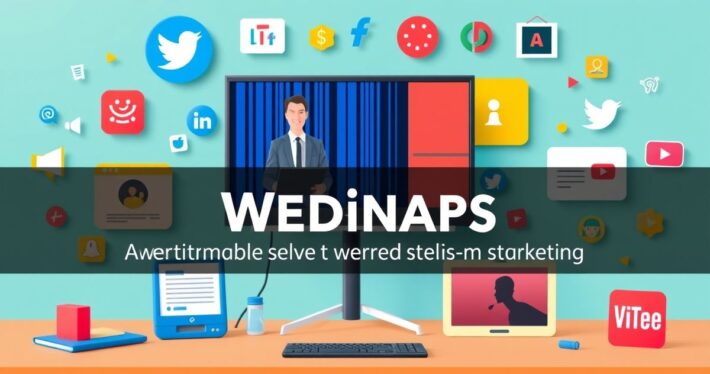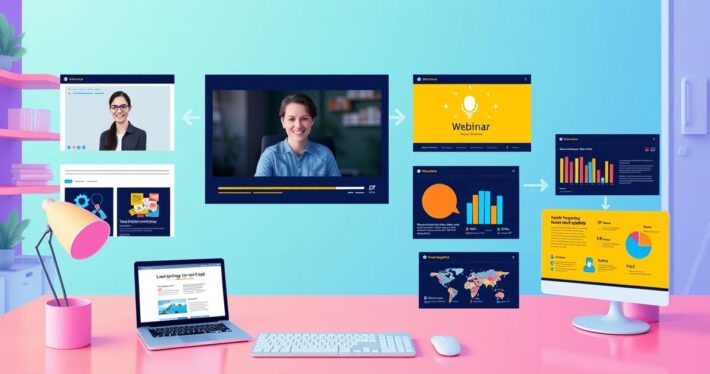How webinars can feed into other content marketing channels.

Webinars are more than just live events—they’re a goldmine for content marketers. Think about it: a single webinar can be repurposed into blog posts, social media snippets, email campaigns, and even e-books. It’s like planting one seed and harvesting an entire garden. But how exactly can webinars feed into other content marketing channels? Let’s dive in.
Webinars as the Ultimate Content Multiplier
Webinars are inherently rich with value. They’re packed with insights, expert opinions, and actionable advice—making them perfect for repurposing. Unlike a static blog post or social media update, a webinar is dynamic, engaging, and often interactive. This makes it a prime opportunity to gather content that resonates with your audience across multiple formats.
For example, imagine hosting a webinar on “AI-Powered Marketing Tools.” During the live session, you cover key points, answer audience questions, and share case studies. Post-event, you can extract those key points into a detailed blog post, turn the Q&A into a FAQ article, and use the case studies as standalone social media posts. The possibilities are endless.
Repurposing Webinar Content Across Channels
Now, here’s where it gets interesting. Let’s explore how you can repurpose webinar content for different marketing channels:
1. Blog Posts and Long-Form Articles
Webinars are a treasure trove of ideas for blog content. Take the main points discussed during the webinar and expand them into detailed articles. For instance, if your webinar covered “5 Strategies to Boost Email Open Rates,” you can create a series of blog posts delving deeper into each strategy.
Pro tip: Use a transcript of your webinar to identify key sections that can be turned into blog content. Tools like Otter.ai or Rev make this process seamless.
2. Social Media Snippets
Short, engaging clips from your webinar can perform exceptionally well on social media. For example, pull out a 30-second testimonial from a satisfied customer or a quick tip from your expert speaker. Platforms like LinkedIn, Instagram, and Facebook thrive on bite-sized, actionable content.
Case in point: HubSpot regularly shares webinar snippets on LinkedIn, driving traffic back to their full webinar recordings and landing pages.
3. Email Campaigns
Use webinar content to craft compelling email campaigns. Share highlights, key takeaways, or exclusive insights with your subscribers. You can also use webinar registrations to grow your email list, ensuring you’re nurturing leads effectively.
4. E-books and Whitepapers
If your webinar covers a complex topic, consider compiling the content into an e-book or whitepaper. This notonly positions you as an authority but also provides evergreen content for lead generation.
5. Podcast Episodes
Turn your webinar audio into a podcast episode. Many businesses, like Neil Patel’s Marketing School, use this strategy to reach a broader audience and provide value in an audio format.
6. YouTube Videos
Upload your webinar recording to YouTube. Optimize the title, description, and tags for SEO, and you’ll attract organic traffic long after the live event.
Driving Traffic and Engagement
Webinars are excellent for driving traffic to your website or landing pages. Include calls-to-action (CTAs) during your webinar to encourage viewers to explore your blog, download resources, or sign up for your email list.
Let’s be honest about this: most people don’t convert on their first interaction with your brand. Webinars give you the opportunity to nurture leads through multiple touchpoints.
Building Relationships and Trust
Webinars foster a sense of community and trust. When attendees see your expertise firsthand, they’re more likely to engage with your other content. For instance, after attending a webinar on “Content Marketing Trends,” they might subscribe to your blog or follow you on social media for more insights.
Real-World Example: How We Leveraged Webinars for Content Creation
Last year, we hosted a webinar on “AI-Powered Webinar Tools.” Here’s how we repurposed the content:
- Blog Posts: We turned the webinar into a 3-part blog series.
- Social Media: We shared key takeaways and tips on LinkedIn and Twitter.
- Email Campaign: We sent a follow-up email with a link to the recording and additional resources.
- YouTube: We uploaded the full webinar, which now has over 10,000 views.
- Podcast: We repurposed the audio into a podcast episode.
The result? A 35% increase in website traffic and a 20% boost in email sign-ups.
Challenges and How to Overcome Them
Of course, repurposing webinar content isn’t without its challenges. Common hurdles include time constraints, technical issues, and ensuring consistency across platforms. Here are some tips to overcome these:
- Plan Ahead: Outline your repurposing strategy before the webinar.
- Use the Right Tools: Tools like Canva, Descript, and Loom can streamline content creation.
- Maintain Consistency: Use your brand’s tone and style across all content.
Conclusion: The Power of Webinars in Content Marketing
Webinars are a versatile, high-value asset in your content marketing arsenal. By repurposing them strategically, you can create a ripple effect that drives traffic, builds trust, and nurtures leads. The next time you host a webinar, think beyond the live event—consider how it can fuel your entire content marketing strategy.



